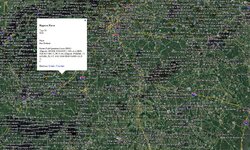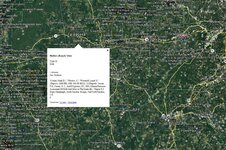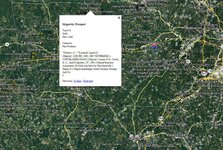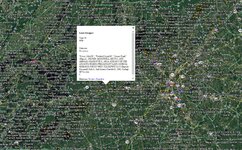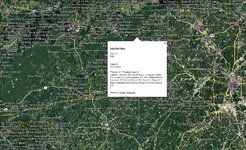Just_curious
Sr. Member
- Aug 27, 2017
- 332
- 273
- Detector(s) used
- Minelab GM1000
White's GMZ
White's Spectrum XLT
- Primary Interest:
- All Treasure Hunting
Hi everybody, I've had absolutely zero luck with my prospecting and beginning to think I'm in the wrong spots. This is hard for me to believe though because I plotted all the claims in GA and AL and followed the trends/patterns. I have yet to stumble upon any old mine shafts or tailing piles. If anybody has some advice on this, I would love to hear it. I just bought a GM1000 so I really want to start getting after it and finding good spots and gold
Also, just out of curiousity, does anybody have any information/leads on old cherokee or Spanish mining in Georgia? Like prior to Indian removal. Probably around the 1500s and 1600s? Or any leads to forgotten/lost mines from the 1800s? Thanks in advance. This is extremely difficult because all the areas appear to be private property, and all the public land doesn't have any history of gold, in addition to that, the info I pulled from minecache and other sites don't tell me if the claim is from past or present. The properties in GA and AL are difficult because they are all owned, and from what I can tell, the BLM doesn't handle the claims here.
Sent from my SAMSUNG-SM-G891A using TreasureNet.com mobile app
Also, just out of curiousity, does anybody have any information/leads on old cherokee or Spanish mining in Georgia? Like prior to Indian removal. Probably around the 1500s and 1600s? Or any leads to forgotten/lost mines from the 1800s? Thanks in advance. This is extremely difficult because all the areas appear to be private property, and all the public land doesn't have any history of gold, in addition to that, the info I pulled from minecache and other sites don't tell me if the claim is from past or present. The properties in GA and AL are difficult because they are all owned, and from what I can tell, the BLM doesn't handle the claims here.
Sent from my SAMSUNG-SM-G891A using TreasureNet.com mobile app
Upvote
0




